TABLE OF CONTENTS
Cannabis is an annual dioecious genus, meaning the species within the genus produce distinctly male and female plants each year from seed.
In today’s cannabis industry, nearly all cannabis jobs and products focus on the female plant—and for extremely good reasons.
Female cannabis plants are the sex that produces the highest amount of coveted cannabinoids, which more often than not is tetrahydrocannabinol (THC). Females are undeniably the more exciting of the two sexes. Females produce the fragrant and potent flowers that all cannabis consumers know and love.
In comparison, the male cannabis plant isn’t nearly as enticing. Even the male plant structure is comparatively plain, even ugly.
When it comes to the battle of the sexes in the cannabis space, there’s no denying that females win, hands down. That fact aside, males are really just as important as females, although their usefulness is not as apparent. Without males, there would be no cannabis strains, and the industry would not exist.
Each of the two cannabis plant sexes plays a crucial role.
Let's dig deeper into when to separate male and female cannabis plants including a look at male marijuana plants.
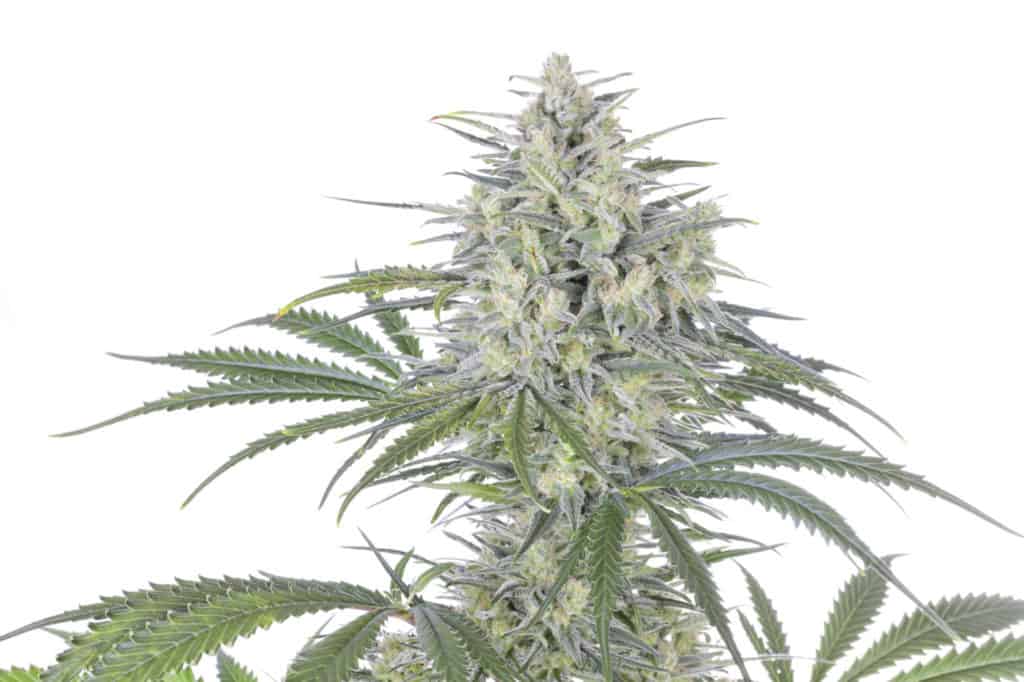
How Growers Keep Male & Female Cannabis Plants Separate
Today’s industry cultivates cannabis under controlled environments. Except for closely controlled and monitored breeding projects, female cannabis and male cannabis plants are segregated and kept apart from one another.
When a choice male plant (typically one with good structure and heavy resin production) is identified and its pollen collected, breeding it to a prime female is done with strict protocol in place.
For the home cannabis grower, the practice of culling male plants is extremely important to the overall success of the cultivation project. Today’s home growers typically acquire their seeds from a seed company or bank and have a choice between feminized seed (seed that will produce only female plants) and normal seed (seed that will produce both female and male plants).
Growing From Feminized Cannabis Seed
If growing only female cannabis plants is the ultimate goal, there’s much to be said for the merits of feminized seed. This type of seed comes from specialized breeding practices that only utilize female plants, so this seed lacks the male chromosomes to produce male plants. When the plants begin to reveal their sex, they will all be female.
Growing From Normal Cannabis Seed
Growing plants from normal seed requires more work, close observation, and a keen eye. When starting a weed garden from normal seed, the grower will begin in an identical manner as with feminized seed.
Most people will follow standard guidelines for the vegetative and flower stages of the cannabis life cycle, utilizing 18 hours of light to six hours of darkness each day for the vegetative stage.
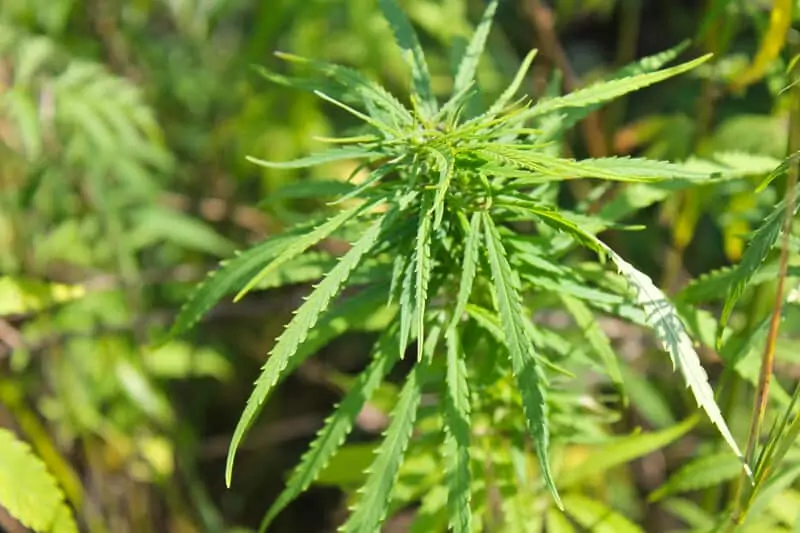
Moving Into The Flowering Phase
To induce flowering, the timers are scaled back to an even 12 hours of light to 12 hours of darkness. This 12:12 flowering light cycle mimics the shortening days of late summer and early fall, when many plants or trees bloom and bear fruit or flowers.
While the shortening days happen very gradually outdoors, the cannabis plants will detect the shorter light phase quite quickly indoors, sometimes as quickly as a few days.
Usually within three to 10 days, the plants will reveal their sex. This is a critical stage for the weed grower.
Until all of the cannabis plants show the telltale signs of being either male or female, the weed grower must evaluate them once or twice per day.
When using normal seed for a grow, the ratio of males to females will be fairly even or produce slightly more females than males.
Determining The Sex Of Your Cannabis Plants
Is your plant male or female? Males will typically reveal their sex sooner than females. The marijuana grower must keep an eye on the juncture where individual lateral branches meet the plant’s main vertical stalk. Male preflowers appear as staminate primordia that appear to be small clusters of balls.
Female preflowers appear in the same area of the plant as males preflowers and appear as calyxes (pistil primordia) and pistils that appear to be small white hairs.
Male preflowers can mature quickly and produce pollen in a surprisingly short amount of time. Knowing the difference between male and female cannabis plants is essential for any cannabis grower.
Separating Male & Female Cannabis Plants
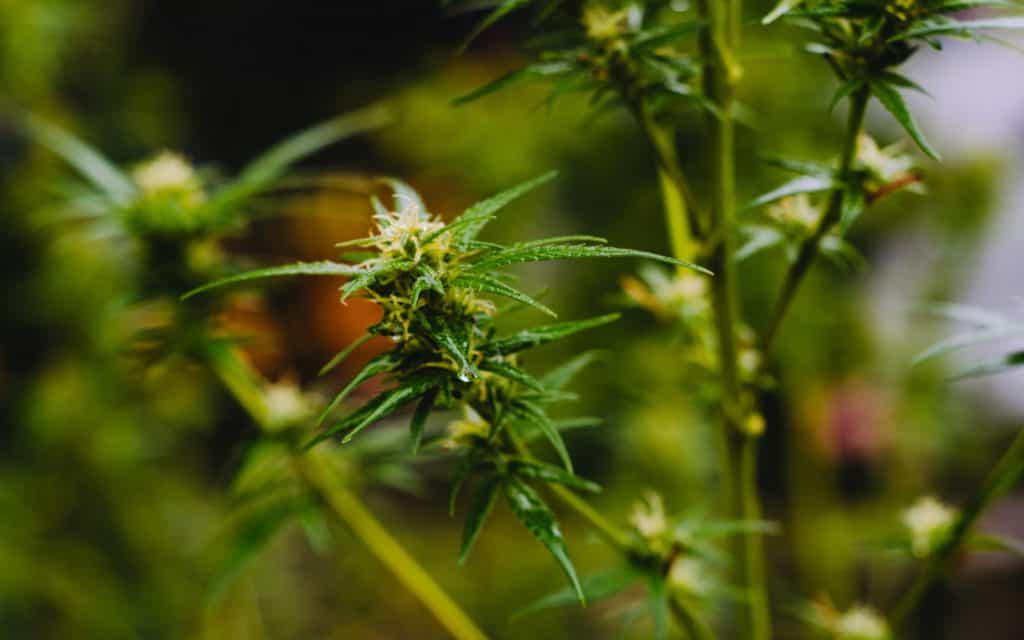
The grower must ensure that all male plants are removed from the female grow room before the release of any pollen. Not doing so spells complete disaster for the success of the grow and production of high-quality, seedless flowers.
Novice weed growers should not attempt to use males for breeding purposes until they have a few grows under their belts. Breeding cannabis strains to create new crosses is an advanced procedure that’s beyond the scope of this article.
The best advice for novices is to remove male plants immediately upon identification and destroy them by cutting them down and discarding them in plastic bags that prevent any leakage of pollen.
The importance of separating male plants from valuable females cannot be emphasized enough. Failing to remove males soon enough will render the grow useless for the production of high-quality flowers. A little pollen can go a very long way and completely seed all females in the room.
Now that you know when to separate male and female cannabis plants make sure you get it right when you're growing weed! It can make all the difference in the world.
Why Split Female and Male Plants Apart?
Female cannabis plants generate the sticky buds that the majority of producers and customers prefer: seedless buds. A female plant will generate seeds if a male plant pollinates it, which lowers the overall potency and quality of the buds.
Increase Potency: Sinsemilla buds, which are unpollinated female flowers, have the highest levels of THC and other cannabinoids and have the strongest effects.
Better Flavor and Smoothness: Compared to their seedless brethren, seeds sometimes produce a harsher and less delicious smoke.
How to Tell If A Cannabis Plant Is Male or Female
Stage before flowering: The plant will start displaying its sex before it enters its full flowering phase. In photoperiod plants, this often happens after the vegetative phase, when the light cycle shifts, or in autoflowering kinds, when the plant reaches a specific maturity level.
Male plants: At the nodes (where the branches and leaves link to the main stem), these will form little balls-shaped structures called pollen sacs. When these sacs eventually open, pollen will be released into the atmosphere.
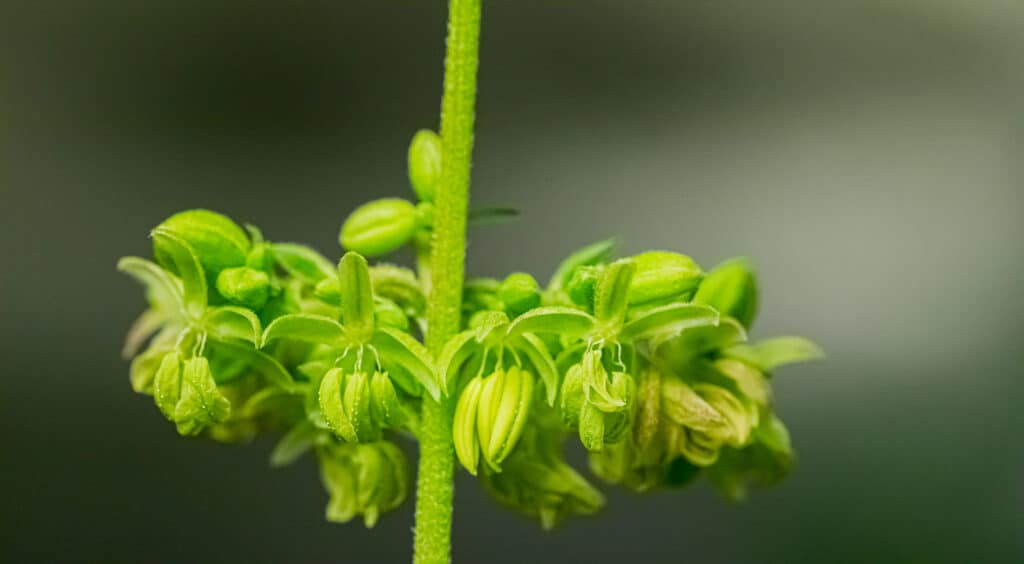
Pistils, which resemble microscopic hairs, are seen on female plants. These will grow to become the calyxes that make up the bud. You'll notice tiny, tear-shaped bulbs with two white hairs arising early in the blossoming stage; these are the earliest indications of female flowers.
When to Distinguish Male vs Female Cannabis Plants
Early Recognition Regularly: check your plants at the end of the vegetative stage and the start of the flowering phase using the identification techniques mentioned above.
Prompt Action: Separate male plants as soon as you can do so with certainty. Acting soon is essential because the risk of pollination female plants drastically increases after the male plants begin to release pollen.
Physical Elimination: Once the male plant has been located, carefully remove it from the growing area. Be careful not to move or disturb it as this could cause pollen to leak.
Isolation: Move the male plant to a location where there is no danger of pollen settling on the female plants if you want to keep it for breeding purposes.
It is best to remove the male plant if you have no use for it in order to prevent accidental pollination.
Additional Advice on Male vs. Female Cannabis Plants
Keep an Eye Out: While your plants are at the blossoming stage, keep inspecting them. It's possible for plants to generate male flowers even though they initially appear to be female thanks to hermaphrodite features.
Consider Using Feminized Seeds: If producing buds is your main concern and you want to avoid the unpredictability of male plants, you might choose to use feminized seeds. These were specifically engineered to nearly entirely produce female plants.
Climate Control: Stress can cause cannabis plants to become hermaphrodite. To reduce stress, make sure the growing environment is stable with constant levels of light, temperature, and humidity.
In conclusion, growers striving for high-quality, seedless buds must promptly separate male and female cannabis plants. A plentiful crop of powerful and tasty cannabis can be ensured with routine observation and timely response.
Ready To Grow Your Best Cannabis Crop Ever?
Growing cannabis at home is a very rewarding practice, and those who do it well can take pride in their harvest—as well as save a lot of money by producing their own. If you have the time and space, consider taking the plunge. Most likely, you’ll be glad you did and probably wonder why you didn’t do it sooner.
To find out more about growing your own cannabis, enroll today at Cannabis Training University, the leading online training provider since 2009. Earn your cannabis growing certificate in our marijuana growing classes.
Do we separate male and female weed plants?
Yes, in many cases, cannabis cultivators separate male and female cannabis plants, especially when the goal is to produce seedless, high-potency buds. Here's a breakdown of why this separation is crucial and the consequences of not doing so:
Why Separate Male and Female Cannabis Plants?
Seedless Buds (Sinsemilla): The primary reason for separating male and female plants is to prevent pollination. When female plants are pollinated by male plants, they produce seeds. Many consumers and growers prefer seedless buds because they offer a smoother smoking experience and typically have higher cannabinoid concentrations.
Maximize Potency: Unpollinated female flowers, known as sinsemilla, tend to be more potent than seeded buds. This is because the plant's energy is focused solely on resin and cannabinoid production instead of seed production.
Better Quality and Experience: Seeded buds can be less flavorful and more harsh when smoked compared to seedless varieties. Moreover, seeds in the product can be a nuisance for consumers.
What Happens If You Don't Separate Them?
Seeded Buds: As mentioned, if males are left with females, they will pollinate the females, leading to seed production. This not only affects the quality of the bud but also reduces its market value.
“
There are over 300,000 jobs in the cannabis industry. CTU trained me for one of them!

Makes $24.50 @ THC +
Reduced Potency: Pollinated buds often have lower concentrations of cannabinoids like THC, leading to a less potent product.
More Labor: If you're growing for personal use or sale, seeds in the bud mean more work during the consumption or preparation process.
Exceptions and Considerations:
Breeding Programs: If a grower's intention is to breed new strains or produce seeds, then males are necessary, and separation might not be the primary goal. Instead, controlled pollination would be the focus.
Hermaphroditic Plants: Sometimes, cannabis plants can exhibit both male and female characteristics, especially under stress. These are known as hermaphrodites. It's crucial to monitor plants for male flowers or pollen sacs even if you started with feminized seeds or clones believed to be female. If hermaphroditic traits are detected, the grower must decide whether to remove the plant or risk potential pollination.
In conclusion, for most cannabis cultivators focused on producing high-quality buds for consumption, separating male and female plants is a vital step in the cultivation process. However, understanding the specific goals of your grow will guide your approach to managing male plants.
Why should I remove male plants?
Removing male cannabis plants from a grow space is essential for specific cultivation objectives. Here's a detailed look at the primary reasons why many growers remove male plants:
To Produce Seedless Buds (Sinsemilla): The most common reason growers remove male plants is to ensure their female plants produce seedless buds. Seedless cannabis buds are preferred for several reasons:
Higher Potency: Sinsemilla buds (unpollinated female buds) generally contain higher concentrations of cannabinoids like THC, leading to a more potent product.
Better Flavor and Experience: Seeded buds often have a harsher smoke and a less pronounced flavor profile compared to their seedless counterparts. Seeds can also be a nuisance when preparing cannabis for consumption.
Market Value: Seedless buds usually command a higher market price compared to seeded ones.
Resource Allocation: Male plants utilize resources (water, nutrients, light) that could be allocated to female plants to enhance bud production. Removing males ensures that all available resources are used to optimize the growth of consumable cannabis buds.
Space Optimization: Especially in indoor growing setups where space is a premium, removing male plants gives female plants more room to spread and grow, leading to potentially larger yields.
Avoid Accidental Breeding: If you're growing multiple strains in proximity, allowing males to pollinate can result in unintentional crossbreeding. This could produce seeds with unpredictable genetic traits.
Controlled Breeding: If you're interested in breeding, having males around is essential. However, you'd want to remove unwanted males or those with undesirable traits to ensure only the best genes are passed on.
Important Notes:
Identifying Early: It's crucial to identify and remove male plants as early as possible. This minimizes the risk of accidental pollination, especially as male plants can release pollen suddenly.
Watch for Hermaphrodites: Even after removing male plants, growers should remain vigilant for female plants that might exhibit hermaphroditic tendencies. These plants can produce male flowers and can pollinate an entire garden if left unchecked.
Breeding Programs: In cases where breeding is the objective, male plants play a pivotal role. Breeders might not remove males but instead use them for controlled pollination to develop new strains or to produce seeds.
In conclusion, whether you should remove male plants depends on your cultivation goals. If the aim is to produce high-quality, seedless buds, then male plants should be promptly identified and removed. If breeding is the objective, male plants are invaluable but should be managed carefully to control pollination.

Luis Cordova
Luis Cordova is a distinguished author, and renowned expert in cannabis cultivation, who possesses a Master's degree in Plant Biotechnology and Pharmaceutical Science. As a valued contributor to highly esteemed publications such as Cannabis Training University and Maximum Yield Magazine, Luis has emerged as a trusted source of guidance and knowledge in the cannabis industry. Having written thousands of informative articles, Luis is widely recognized for his comprehensive expertise on cultivating cannabis, both indoors and outdoors.


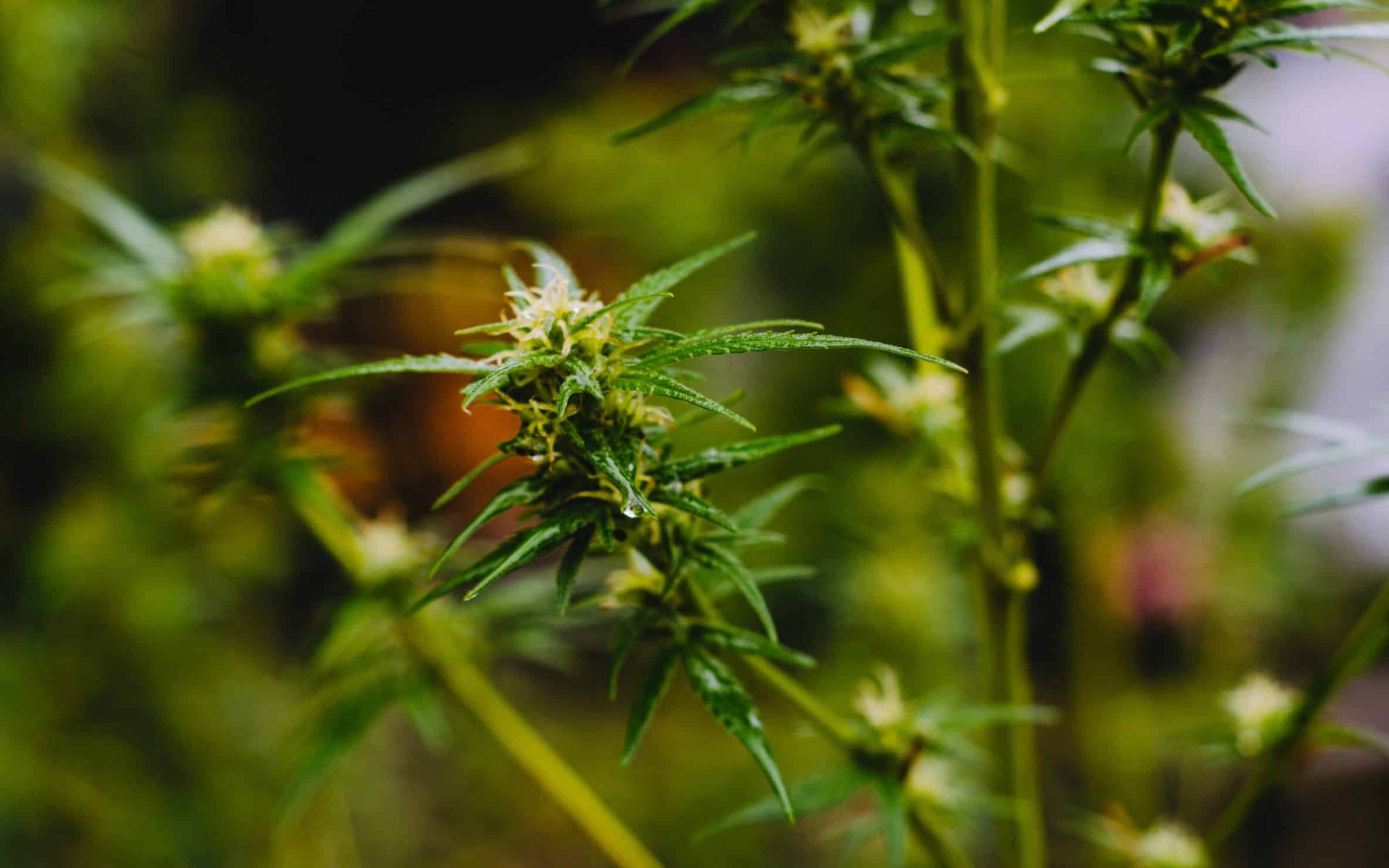
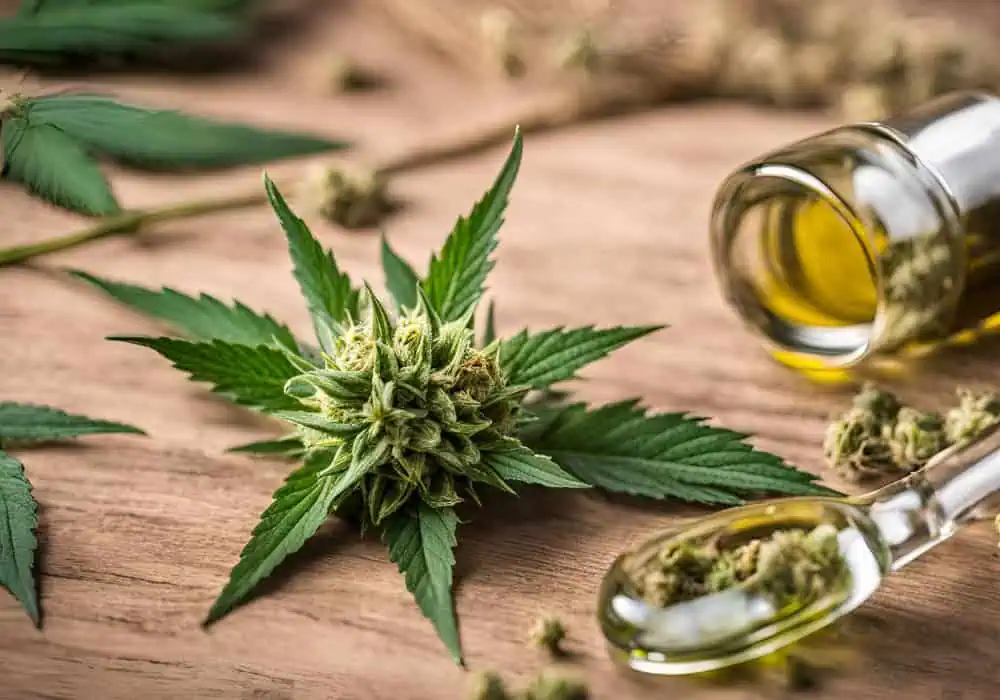
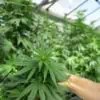

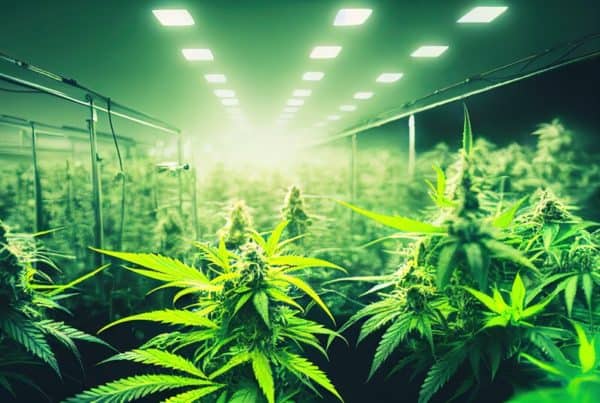
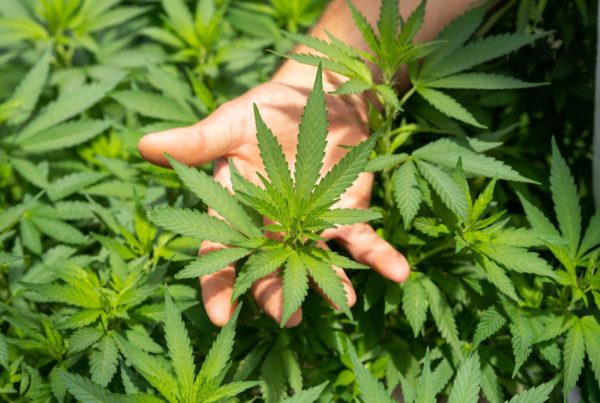
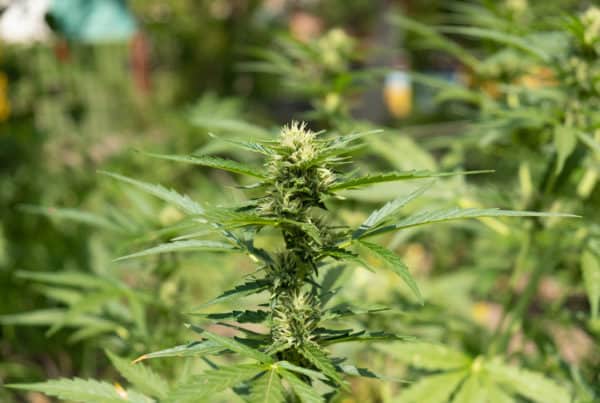



 Jeff was involved in an accident where he endured a traumatic brain injury. He had a week-long stay in ICU where brain surgeons
Jeff was involved in an accident where he endured a traumatic brain injury. He had a week-long stay in ICU where brain surgeons  100% risk free money back guarantee within 48 hours after purchase if student has not completed any of the courses or exams.
100% risk free money back guarantee within 48 hours after purchase if student has not completed any of the courses or exams.